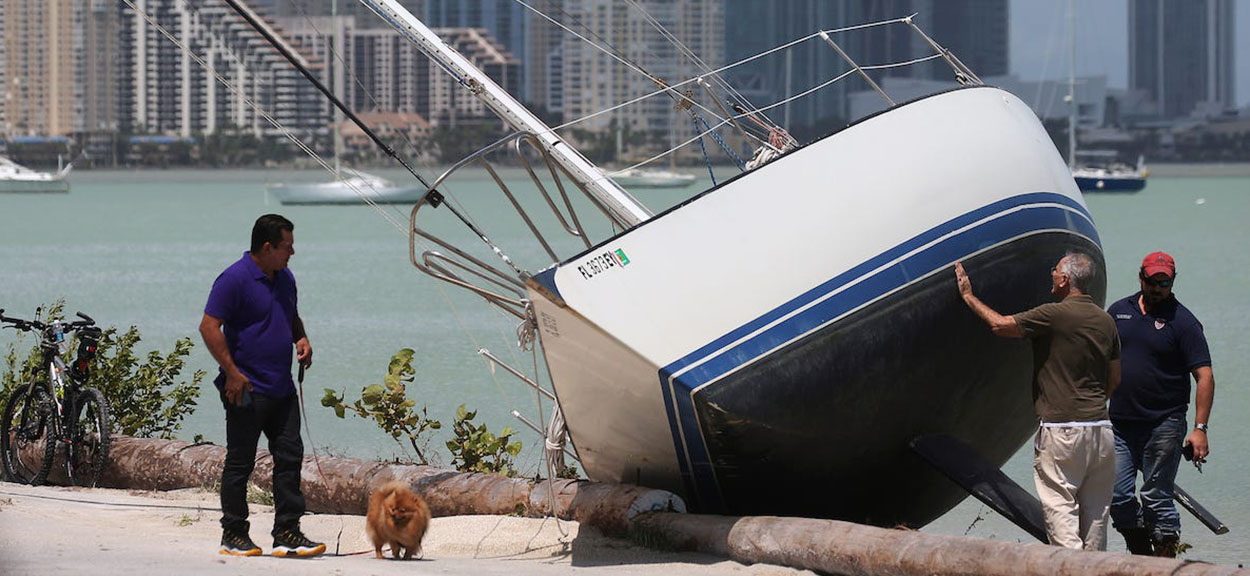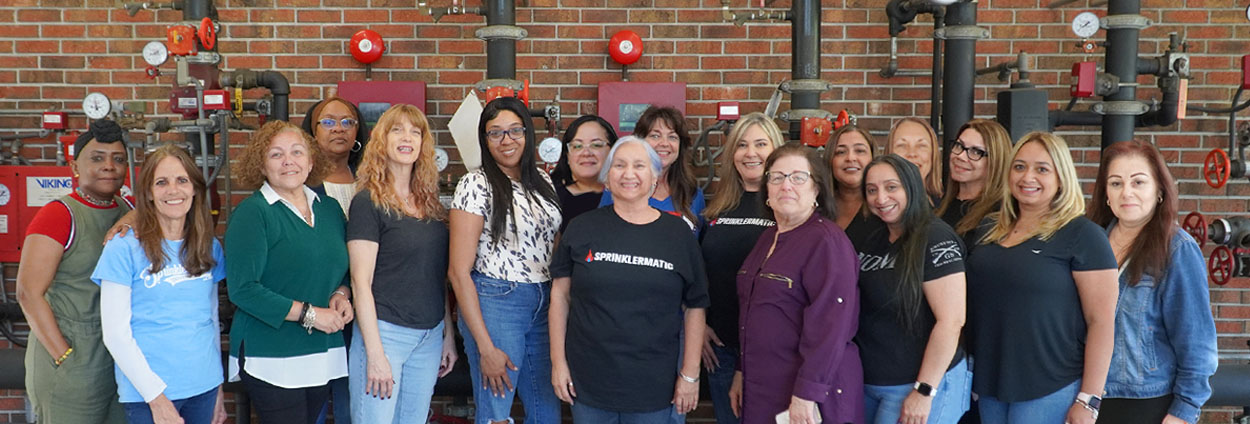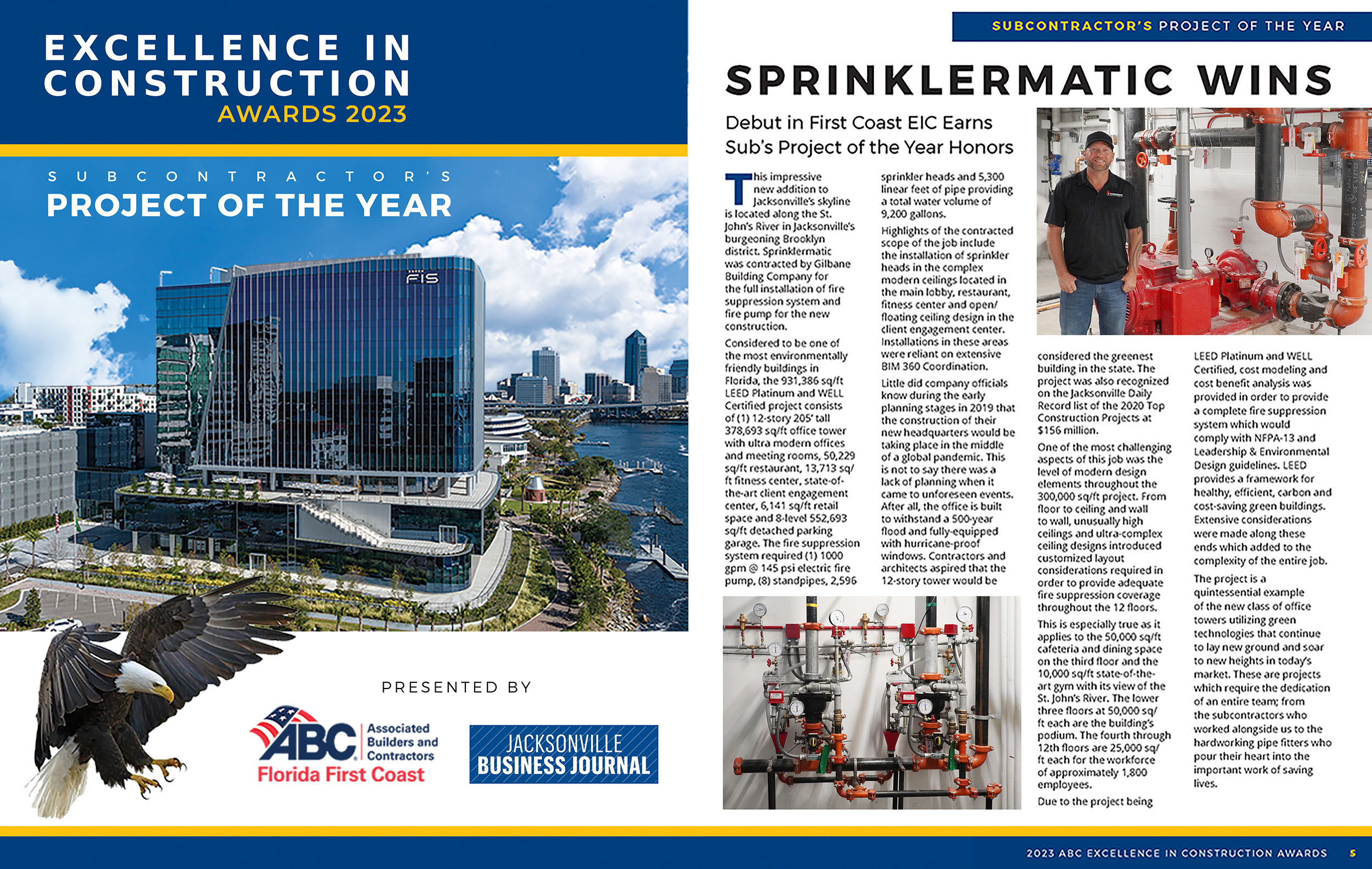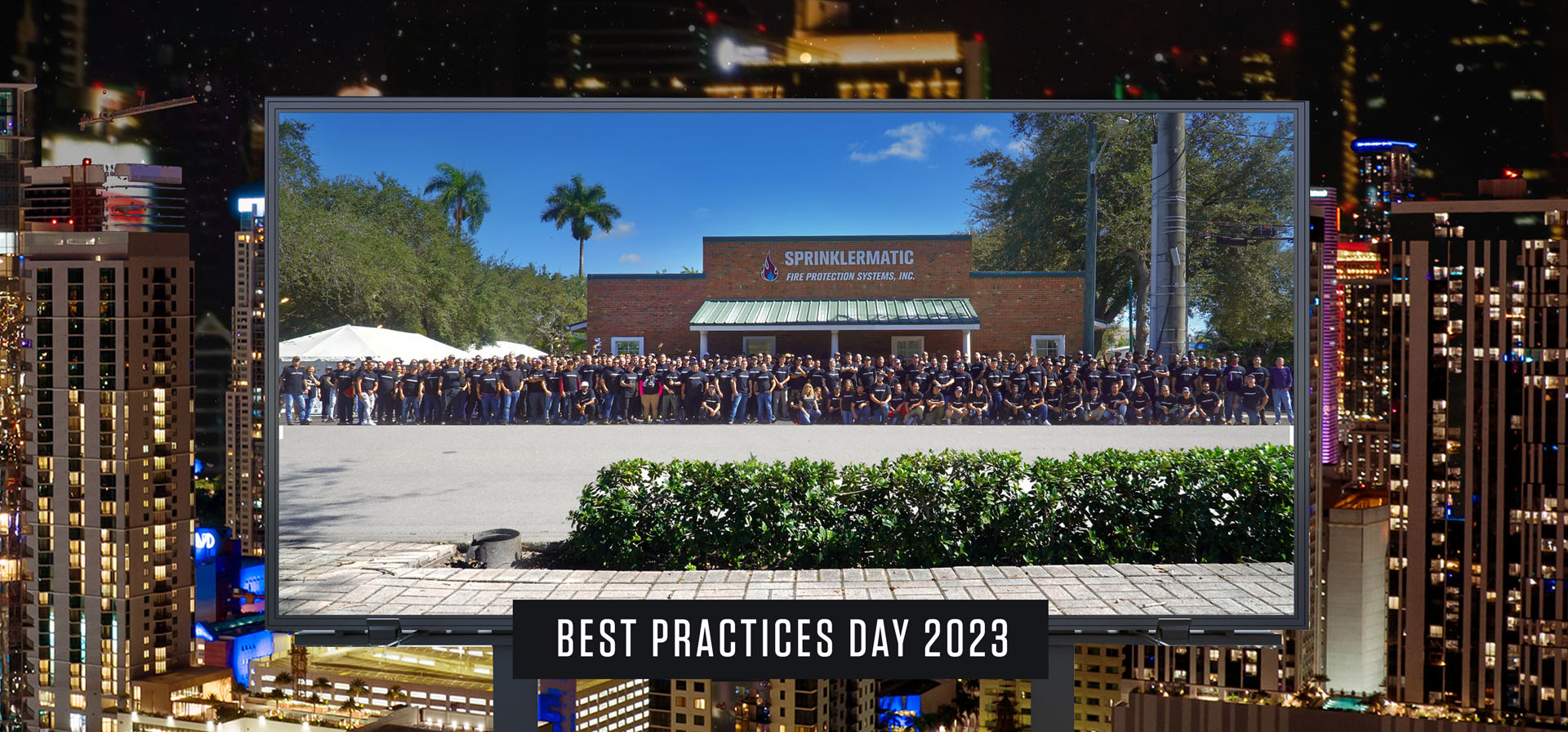Hurricane Emergency Plan
Hurricane season is here, and if you own or operate a business in the State of Florida you should always be prepared with a hurricane emergency plan. In this article, we cover the two parts of a hurricane emergency plan: emergency preparedness plan and emergency recovery plan.
Emergency Preparedness Plan
Having a hurricane preparedness plan can be the key to safely navigating your business and staff through impending danger, and ensuring a safe and speedy return to normal operations once it’s passed.
Use the following steps to prepare your business for hurricane damage:
- Monitor forecasts closely to stay updated on storm trajectory and always follow the instructions of emergency management services.
- Verify that your employee contact list is up to date.
- Secure your facility and board up any doors or windows.
- Clean out your floor drains and catch basins and ensure your sump pumps are working properly.
- Fill fuel tanks on your fire pump and emergency generator, as well as your vehicle.
- Evaluate your fire protection systems to verify if they are storm-ready by contacting a licensed fire protection company to inspect ahead of the storm.
- Shut off piping carrying gas or flammable liquids in case of a pipe breaks during the storm.
- Shut down production processes safely and turn off the electricity for all non-essential equipment.
- Evacuate your employees.

Emergency Recovery Plan
After the storm has passed, contact your employees to make sure they are safe. Organize a recovery team to begin getting your business back on its feet once emergency agencies say it’s safe to return.
Your recovery team should include all of your key team members and trusted vendors: electrical, mechanical, plumbing, and fire protection, as well as general maintenance people for cleanup. Designate a recovery team leader who is responsible for getting cleanup supplies, as well as replacement parts and equipment. Your team leader should assess the damage and create an action plan to address the following:
- Structural damage to your building.
- Potential hazards include gas leaks, water leaks, downed power lines, and exposed electrical wires.
- Make temporary repairs so people can safely access the building.
- Restore electrical, mechanical, and life safety systems to normal operating conditions.
- Eliminate ignition sources that could start a fire.
- Establish a procedure for removing storm and, or reconstruction debris.
- Assess and prioritize damaged contents to see what can be salvaged.
- Photograph and/or videotape any damage.
Your recovery team will need to perform an assessment of all your electrical, mechanical, and fire protection systems. Your water supply should also be tested for possible contaminants before being utilized for potable purposes.
Restoration of electrical service and equipment should only be performed by a trained and certified technician. They should check all equipment to ensure that it has been totally dried and tested before electrical circuits are re-energized.
All fire protection equipment, alarms, and sprinkler systems should be checked for damage, and the fire department should be notified if any of those systems will be out of service. If life safety systems must remain out of operation you should hire a licensed security company to perform a continual fire watch until all systems are restored service.
Finally, keep your team informed of any unsafe conditions and keep them updated on the progress of recovery operations.
If you would like assistance in evaluating the preparedness of your property or business’ fire and life safety systems or if you need help getting your fire protection systems back in working order after a storm, please don’t hesitate to contact Sprinklermatic Fire Protection Systems, Inc. at 954-327-3686.





